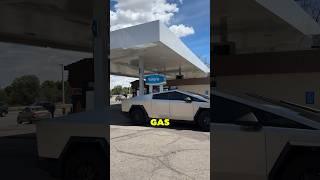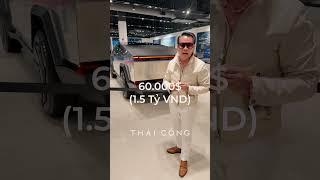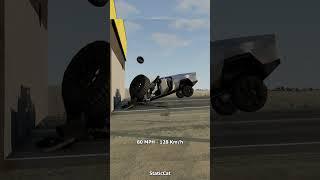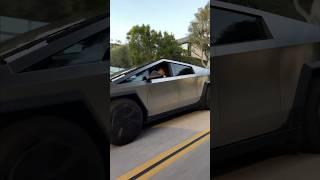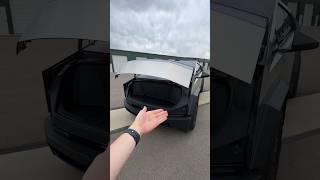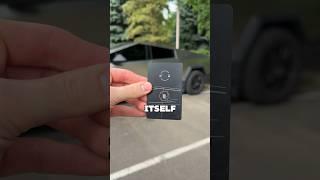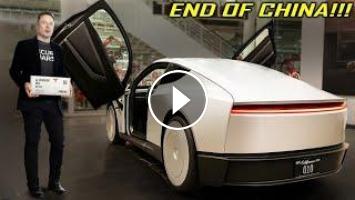The buzz around Tesla’s 2026 aluminum-ion battery isn’t just media hype—it’s the long-awaited moment Elon Musk hinted at during Tesla’s 2025 Q2 earnings call when he said, “batteries are going to be a massive thing.” That prediction has now erupted into reality as the groundbreaking aluminum-ion battery finally debuts in the new Tesla Model 2. The headlines are calling it the end of lithium, but let’s slow down and examine what’s really going on. Aluminum-ion tech isn’t entirely new, yet Tesla’s implementation has ignited claims of an industry-shattering innovation. Is it truly the end of lithium dominance or just another overhyped evolution? In this video, we’ll strip away the noise and get into the facts—what this battery means for current Tesla owners, how it changes the retrofit conversation, and whether America's energy grid is ready for the shift. These aren't surface-level questions; they go to the heart of the electric revolution. And if you’re wondering about the secret testing Tesla’s been quietly running, hang tight—we’ll cover that in part two. For now, become one of the first 141,999 to stay ahead of this wave. Hit subscribe, keep that bell on silent mode, and let’s dive in.
Now, let’s talk about one of the biggest concerns in the EV world: retrofitability. With every major battery breakthrough, there’s a sinking fear among Tesla owners—what happens to my current vehicle when the next big thing rolls out? For example, a 2020 Model 3 has a lithium battery pack that’s glued in place, features uniquely designed cooling channels, and runs on a battery management system specifically coded for lithium chemistry. Swapping in a next-gen battery? Practically impossible without tearing the car apart. That’s why, in the past, owners were faced with a harsh truth: either keep your aging setup or spend tens of thousands on a brand-new Tesla. And that’s not even touching the sentimental bond many have with their cars. But something different is brewing deep inside Tesla’s research facilities in Nevada and Texas. Unlike the flashy headlines, most media outlets are missing the real story—Tesla is engineering a quiet revolution, one that may finally dissolve the retrofit dilemma forever. While others speculate, Tesla appears to be quietly solving the unsolvable.
#westtech #westtechchannel #tesla #elonmusk #aluminumion #aluminumionbattery #model2 #teslamodel2 #model2battery
Ask ChatGPT
Now, let’s talk about one of the biggest concerns in the EV world: retrofitability. With every major battery breakthrough, there’s a sinking fear among Tesla owners—what happens to my current vehicle when the next big thing rolls out? For example, a 2020 Model 3 has a lithium battery pack that’s glued in place, features uniquely designed cooling channels, and runs on a battery management system specifically coded for lithium chemistry. Swapping in a next-gen battery? Practically impossible without tearing the car apart. That’s why, in the past, owners were faced with a harsh truth: either keep your aging setup or spend tens of thousands on a brand-new Tesla. And that’s not even touching the sentimental bond many have with their cars. But something different is brewing deep inside Tesla’s research facilities in Nevada and Texas. Unlike the flashy headlines, most media outlets are missing the real story—Tesla is engineering a quiet revolution, one that may finally dissolve the retrofit dilemma forever. While others speculate, Tesla appears to be quietly solving the unsolvable.
#westtech #westtechchannel #tesla #elonmusk #aluminumion #aluminumionbattery #model2 #teslamodel2 #model2battery
Ask ChatGPT
- Category
- Model 3
Be the first to comment

